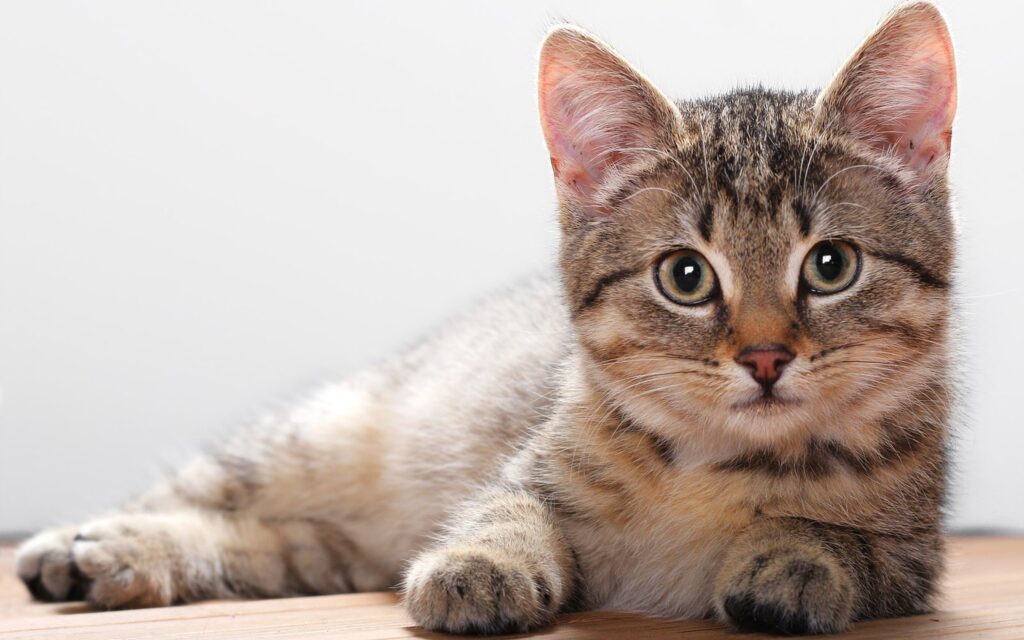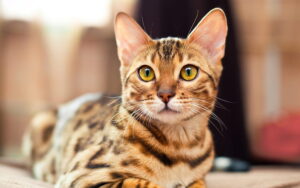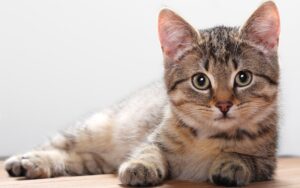
CAT
Cats are among the most popular pets in the world. Beyond their adorable appearance, cats have many biological and behavioral traits that most people don’t realize. From detecting space with their whiskers to using purring vibrations for healing, these animals are more complex than they seem.
Here are ten interesting facts about cats to expand your knowledge.
1. A Cat’s Whiskers Function Like Radar
Cat whiskers are extremely sensitive to air movement. They help cats measure space, detect objects, and maintain balance. This is why cats can move confidently in the dark without bumping into things.
2. Cats Sleep Up to 18 Hours a Day
On average, cats spend about 70 percent of their lives sleeping. This comes from their instinct as predators, where they conserve energy between periods of play and hunting behavior.
3. A Cat’s Ears Can Rotate 180 Degrees
Cats have 32 muscles in each ear, allowing them to detect the direction of sound without moving their heads. Their hearing is generally sharper than that of dogs.
4. Cats Meow Mostly for Humans
Cats rarely meow at other cats. Instead, meowing is a communication method they develop primarily for interacting with humans. With other cats, they rely more on body language, growling, hissing, and purring.
5. Every Cat Has a Unique Nose Print
A cat’s nose pattern is unique, similar to human fingerprints. No two cats share the same nose print, making it a biological identifier.
6. Cats Have Excellent Night Vision
Cats have a reflective layer behind their retinas called the tapetum lucidum. This enhances available light, allowing them to see up to six times better than humans in low-light environments.
7. Cat Purring Can Stimulate Healing
The frequency of a cat’s purr ranges between 25 and 150 Hz, which matches frequencies used in therapeutic treatments to stimulate muscle and bone healing. This may explain why cats purr when they are in pain or recovering.
8. The Oldest Recorded Cat Lived to 38 Years
A cat named Creme Puff from Texas lived from 1967 to 2005, far exceeding the typical lifespan of domestic cats, which ranges from 12 to 18 years.
9. Domestic Cats Originated From Wild Cats in Africa
Modern domestic cats trace back to Felis lybica, a wildcat species from North Africa and the Middle East. They were domesticated thousands of years ago and spread alongside human civilization.
10. Black Cats Are Considered Good Luck in Many Cultures
While some cultures associate black cats with bad luck, countries such as Japan, England, and Scotland believe black cats bring protection, prosperity, and good fortune.




